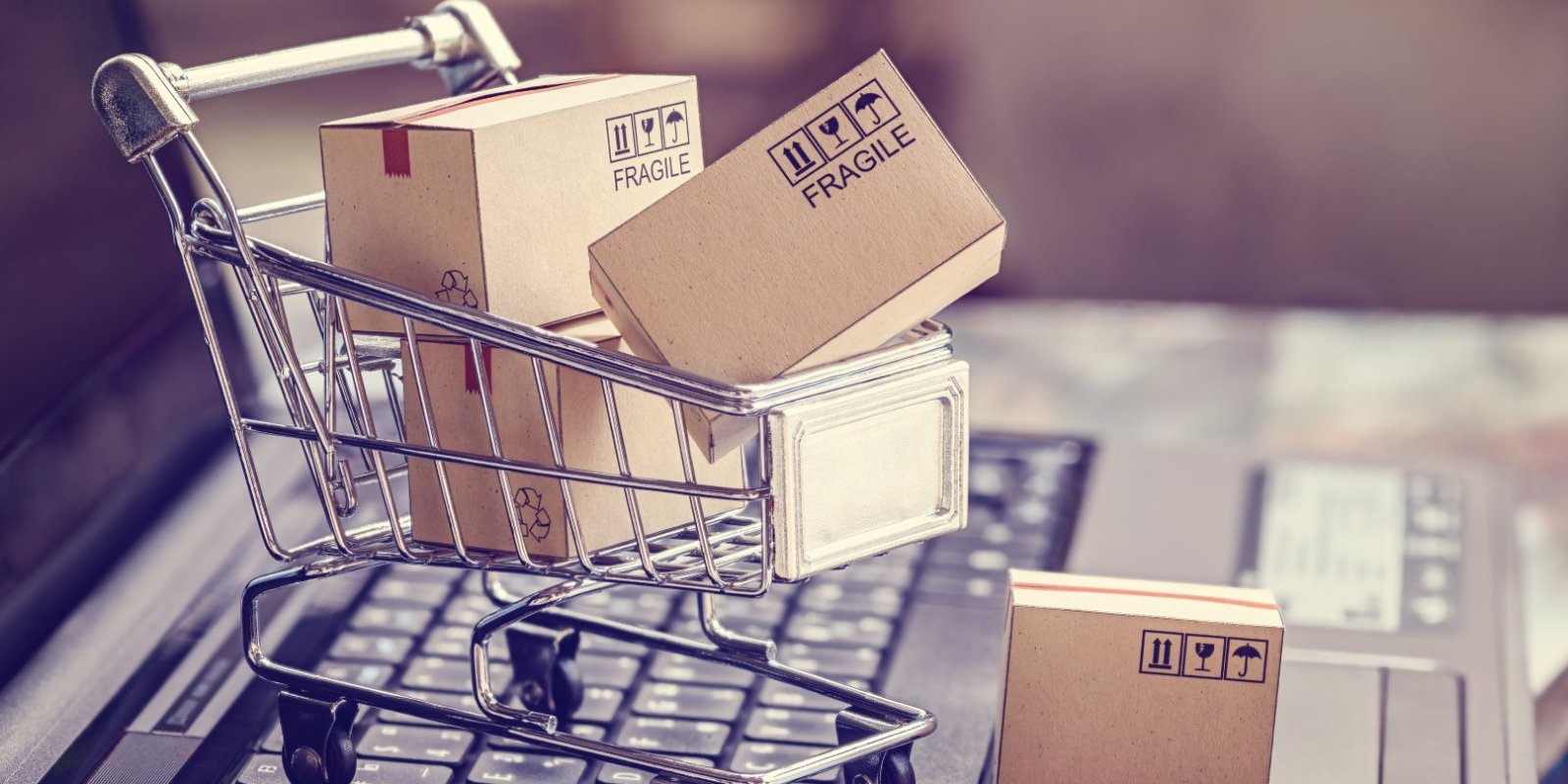How to Optimize E-Commerce Personalization Strategies with a GeoIP API

With so much hype, it’s no wonder that personalization is getting harder to ignore for e-commerce businesses. Consider these statistics:
- By 2020, smart personalization engines will facilitate a 15% profit increase among online businesses.
- 48% of U.S. consumers prefer to buy products from brands that “always” personalize their shopping experiences.
- 83% of marketers who hit their revenue goals had personalization budgets.
- 74% of consumers respond negatively to irrelevant content.
Smart marketers know that the shotgun approach is dead. Personalization is the new black, and they need to get on board if they want a conversion lift.
This post discusses how to personalize content with the help of an IP Geolocation API according to audience parameters.
Personalization Based on Customer Segmentation Variables
Chances are you may already be implementing some form of personalization without even realizing it. The question is whether each segment is optimized to lead to conversions or not.
According to a Harvard Business study, 85% of 30,000 new product launches fail because of poor market segmentation, which is why marketers should pay close attention to it.
Below are some customer segmentation variables that your content personalization plan should cover, starting from the most important.
Location
Geotargeting based on city, country, or region is a great way to improve conversion rates. By using a GeoIP API, marketers can determine their major sources of website traffic and visitors’ precise locations to show them relevant offers.
Geotargeting practices include:
- Serving prices based on users’ preferred or local currency
- Letting customers know about shipping availability and costs and pickup locations
- Loading localized home or product pages on browsers
Visitor Frequency
The frequency at which visitors access sites can help business owners come up with buyer personas. This number reflects the user’s status of an e-commerce shopper (i.e., if he’s a first-time visitor, a returning user, or a lapsed one).
Visitor frequency-based personalization practices include:
- Giving discounts based on visitor type (e.g., 10% for first-time visitors, 20% for frequent shoppers, and so on) to encourage users to come back
- Free shipping offers to frequent shoppers
- Retargeting inactive users through other digital touchpoints, such as social media or Google ads
Cookies, web beacons, and IP addresses provide accurate information to determine visitor frequency. Marketers can also retrieve location identifiers with the help of machine learning (ML)-powered platforms.
Purchase History
This variable can help users analyze and measure the average order value (AOV) per transaction for each customer, facilitate time series forecasting, and streamline campaigns. It looks at the total number of orders, the average amount spent per order, and products purchased in a given period, among other things.
Successful personalization strategies include:
- Sending discount coupons to reactivate lapsed “high spenders” or members
- Delivering personalized product recommendations on each product page
- Alerting customers when items on their wish lists are on sale
Retailers can use an IP geolocation API to track any customer’s purchase history by using IP addresses as an identifier. That way, users can be sure they are giving discounts or special offers to the right customers.
Top Use Cases of IP Geolocation API for Content Personalization
Case #1: Software Vendors and Developers
Software vendors in the cybersecurity, gaming, and mobile app development fields can use geolocation tools to enhance their products’ features. They can integrate IP Geolocation API into their marketing analytics systems to obtain exhaustive data on customers’ usage habits, study demographics, and deliver apps in various native languages.
In game design, AR and geolocation are used to keep users in the feedback loop. When it’s time for gamers to make in-game purchases, they are led to storefronts and product pages that show their local currency.
Cybersecurity vendors, meanwhile, can depend on our IP Netblocks WHOIS database to improve threat detection. With a single IP address, they can identify related IP ranges for inclusion in blacklists.
Case #2: E-Commerce Retailers
E-commerce retailers can rely on IP geolocation to find out where their site visitors reside or frequently hang out. Offers pushed through location-enabled notifications can be tailor-fitted with local events (e.g., celebrations, regional holidays, concerts, etc.), which can enhance customer satisfaction. If a popular band, for instance, has a concert in a specific area, fashion retailers in that area can offer the locals special discounts on band-inspired merchandise.
Case #3: Audio and Video Streaming Services
Entertainment streaming platforms use GeoIP to deliver localized content to subscribers and keep their infrastructures secure. They feed geolocation data to digital rights management (DRM) systems to prevent known threat sources from accessing protected content.
Providing value and relevance is always a challenge to marketers vying for customer attention. It’s worth the effort in any case. Through e-commerce personalization aided by IP Geolocation API, businesses can effectively leave a lasting impression on their customers at the point when they’re a click away from completing a purchase.




































